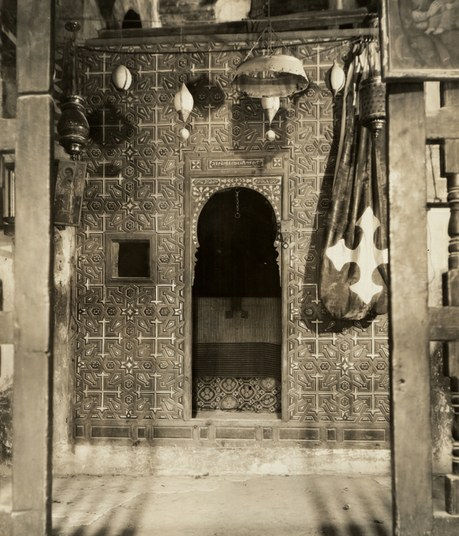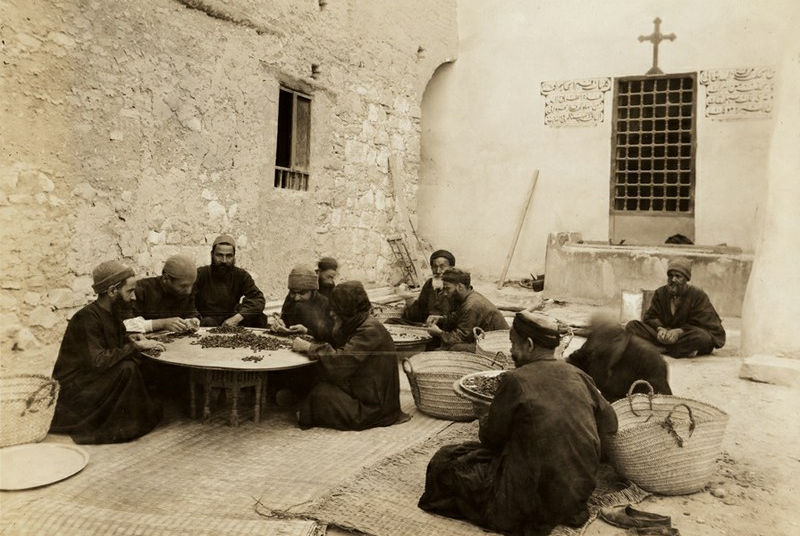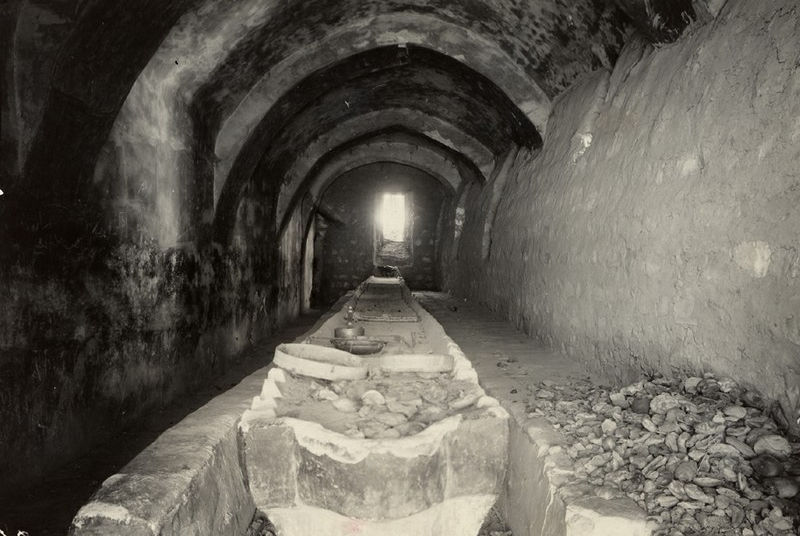ST. Antony monastery

The Monastery of Saint Anthony is an ancient Coptic Christian monastery and among the oldest in the world, where rituals are still observed just as they have been for hundreds of years already. In fact, the rituals have remained unchanged for the more than sixteen centuries.
Apart from contributing to the spread of the concept of monasticism around Western Europe and becoming one of the first widely known printed works in Christian literature of the Middle Ages, the life of St. Anthony the hermit is a remarkable one.
One of the most well known of the “Desert Fathers”, or group of Christian monks who lived in the Egyptian Sahara Desert beginning in the third century, St. Anthony’s final resting place would eventually become the oldest inhabited Christian monastery in the world.
The Monastery of Saint Anthony is located in the eastern Sahara Desert of Egypt, deep in the Red Sea Mountains near modern Hurghada. It was built only a few years after the death of St. Anthony, who was believed to have lived for approximately one hundred and five years.
St. Anthony had traveled to the region around his sixtieth year in order to escape those seeking wisdom and advice, whom he believed kept him from his worship. After three days of wandering in the desert he stumbled upon an oasis surrounded by trees, and this is where the monastery was built in in the year 356.
The exact history of the Monastery of Saint Anthony is not clearly established, though it is known that it was attacked many times by the Berber and Bedouins of the desert area. In fact, this happened to such grave affect upon the monastery that around the year 1454 the monks constructed fortress walls to serve against future destruction and plunder.
It is also known that the Monastery of Saint Anthony suffered a catastrophic attack in the eleventh century, which saw many of its remarkable manuscripts and paintings destroyed by Bedouin attackers.
In addition to paintings, the monastery has some ancient woodwork which is also the focus of preservation. The original library was plundered, but over one thousand seven hundred documents remain in the hands of the monastery.
The cave where Saint Anthony lived as a hermit is a 2km (1.2 mile) hike from the monastery and is 680 metres (2200 feet) above the Red Sea level. It is a small natural hole in the rocks adjacent to the southern part of Mount Galala. Visitors can ascend the winding trail of stairs from the monastery to the cavern in about one hour. The hermitage of St. Anthony is an extremely small space about 7 meters from the narrow opening of the cave.
In addition to paintings, the monastery has some ancient woodwork which is also the focus of preservation. The original library was plundered, but over one thousand seven hundred documents remain in the hands of the monastery.
Today several agencies are collaborating on restorative efforts, including the Supreme Council of Antiquities and the American Research Center in Egypt, who hope to restore some of the structure’s remarkable paintings. There are several works in the monastery that are believed to date back to the seventh and eighth centuries, with the most modern works only dating into the 13th century.
Today St. Anthony’s Monastery is a Coptic one, though its fortress like walls have held an ecumenical collection of religious groups throughout the centuries. It is currently a small town in itself with churches and gardens as well as a working bakery.
Day visitors are welcome to take guided tours of the Monastery of Saint Anthony, and must follow the guidelines imposed by the monks. They operate a bookstore on the grounds that provides guests with relevant information about the remarkable and historic site.
here are some old photos of ST.Antony monastery taken by Thomas Whittemore team in 1930 .
































